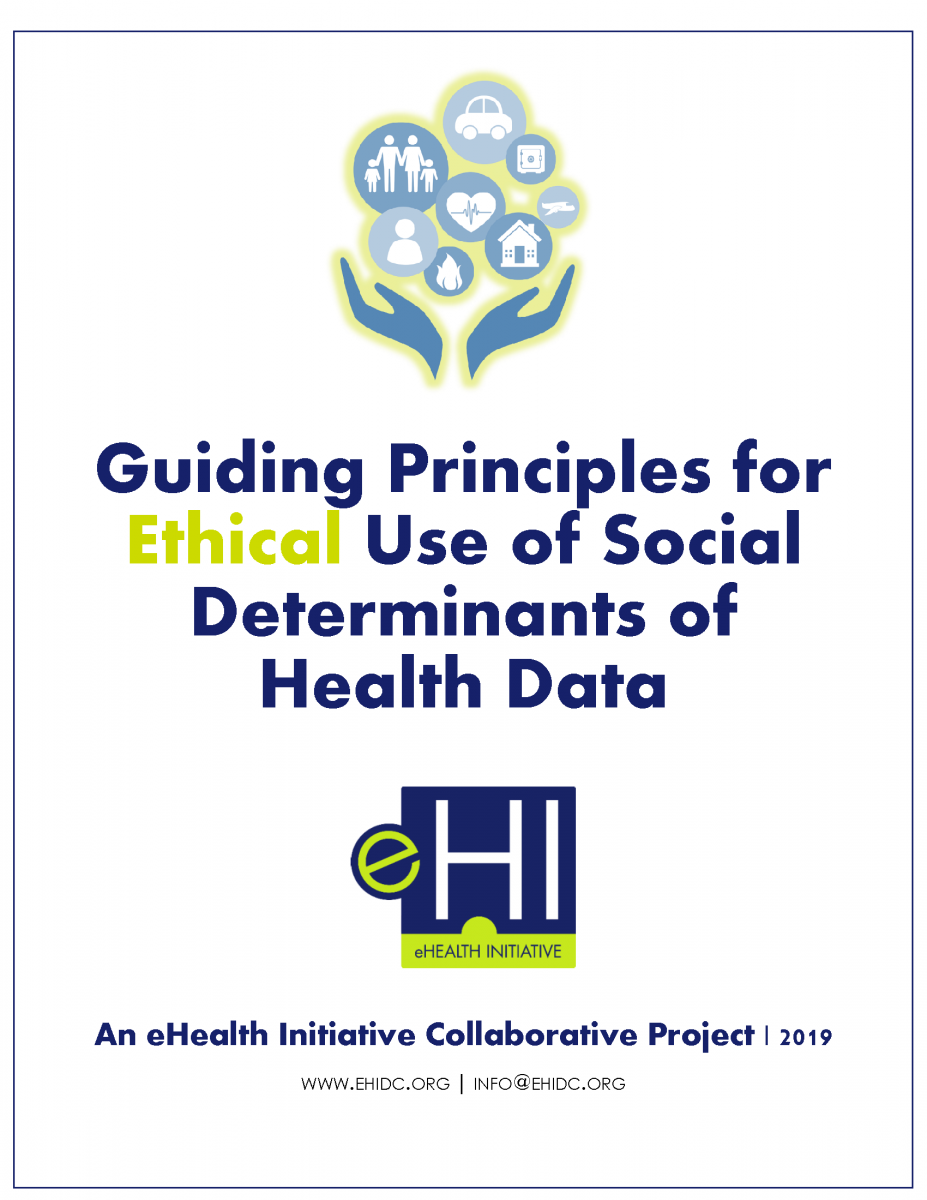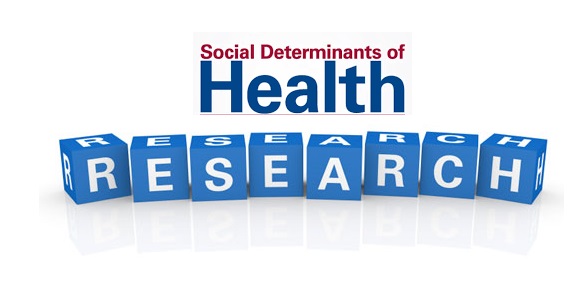The Power of Empathy In The Customer Experience And The Patient Experience
The Power of Empathy In The Customer Experience And The Patient Experience
I'm aware, as I'm sure you are, that certain positions and industries have poor reputations for empathy and communication. These include airport security personnel and, most maligned of all, telecom/cable customer service staff. (I should make clear that I'm not subscribing to these stereotypes myself, either as a consumer or as a customer service consultant. My own experiences with TSA personnel have been largely pleasant. Likewise, in the cable industry, you can read my writings here about one wonderful employee–Jerry Biggs–at Comcast, and here about customer-focused upstarts in the telecom/cable industry including Scottsdale-based Nextiva, which has gone so far as to trademark the term Amazing Service.)
Likewise, when I’m serving as a patient experience consultant, which is part of my overall customer service consultancy, I spend time devising ways for both frontline and clinical staff to improve their interactions with patients and patients’ loved-ones. Here, one specialization with an (earned or unearned) reputation for tone-deafness is surgery. To the extent that this rap is deserved, it’s understandable. The appeal of going into surgery as a young doctor is partly its cut-and-dried aspect: you either achieve clear margins or you don’t.
But the people whom a surgeon cuts into are exactly that: people. And while I would never advise a prospective patient to choose a surgeon with shaky hands or board-validated competency complaints (even if the doctor is sweet as the day is long), the ideal surgeon includes both parts of the package: clinical competence and empathetic engagement skills for interacting with patients and the families who love them.
The full Forbes article can be viewed at this link.
Why Treating Patients As Consumers Can Improve The Healthcare Experience
Why Treating Patients As Consumers Can Improve The Healthcare Experience
The healthcare industry is the fifth biggest in the United States, contributing more than $1.2 trillion to the Gross Domestic Product. But according to the Siegal+Gale Global Simplicity Index, healthcare ranks dead last out of 25 industries in the United States for simplicity of experience. Whether it's interminable wait times, never-ending stacks of paper forms to complete, confounding language, or overly complex insurance plans, the healthcare industry has become one that U.S. consumers love to hate.
As customer experience continues to evolve as the last true competitive differentiator in most industries, it stands to reason that the experience must improve in healthcare in order for the existing players to survive.
In the first of a three-part series, I interview Geeta Wilson, the founder and CEO of Consumer Society, an early-stage tech and experience design company building an enterprise experience management technology platform to connect all of the major industry players – insurance companies, healthcare professionals and consumers. The discussion centers around the idea to change the industry's nomenclature from "patients" to "consumers" and why that is critical to improving the overall healthcare experience. Part 2 will look at the digital health consumer, and part 3 will examine the aging population and the resulting changes in demand for a healthcare experience.
The full Forbes article can be viewed at this link.
As Healthcare Goes Digital, Consumer Engagement And Experience Improve
As Healthcare Goes Digital, Consumer Engagement And Experience Improve
The healthcare industry in the United States has long been a dichotomy in its embrace of – and resistance to – technology. While some of the world's finest technology is used to diagnose and treat all manner of illness, patients often have to complete paper forms in the waiting room and many doctors still take notes on paper medical charts.
The move to digital has been well under way in most other industries, creating an expectation of a consumer experience in which healthcare has fallen behind. After all, today's competition is every other experience the customer has had recently.
In the second of a three-part series, I interview several leaders in the healthcare industry who are approaching the digitization of healthcare from different angles. Thomas Swanson is the Head of Industry Strategy and Marketing in the Health and Life Sciences division of Adobe. Geeta Wilson is the founder and CEO of Consumer Society, an early-stage tech and experience design company building an enterprise experience management technology platform to connect all of the major industry players – insurance companies, healthcare professionals and consumers. Richard McCreary is the Vice President of Product Development for Consumer Society after working at health insurer Humana for nearly 14 years.
The full Forbes article can be viewed at this link.
Doctors Slow To Adopt Tech Tools That Might Save Patients Money On Drugs
Doctors Slow To Adopt Tech Tools That Might Save Patients Money On Drugs
When Mary Kay Gilbert saw her doctor in May for a skin infection on her leg, she wasn't surprised to receive a prescription for an antibiotic cream.
But Gilbert, 54, a nurse and health consultant, was shocked when her physician clicked on the desktop computer and told Gilbert the medicine would cost $30 on her Blue Cross and Blue Shield plan.
"I was like, 'Wow — that's pretty cool that you know that information,' " she recalled telling the doctor in Edina, Minn.
Allina Health, the large Minnesota-based hospital network Gilbert's doctor belongs to, is one of a growing number of health systems and insurers providing real-time drug pricing information to physicians so they can help patients avoid "sticker shock" at the pharmacy.
The pricing tool, which is embedded in each participating physician's electronic health records and prescribing system, shows how much patients can expect to pay out of pocket, based on their insurance and the pharmacy they choose.
It also allows the doctor to find a cheaper alternative, when possible, and start the process of getting authorization for a drug, if the insurer requires that.
The full Forbes article can be viewed at this link.
More than just friends: in-home use and design recommendations for sensing socially assistive robots (SARs) by older adults with depression
More than just friends: in-home use and design recommendations for sensing socially assistive robots (SARs) by older adults with depression
As healthcare turns its focus to preventative community-based interventions, there is increasing interest in using in-home technology to support this goal. This study evaluates the design and use of socially assistive robots (SARs) and sensors as in-home therapeutic support for older adults with depression. The seal-like SAR Paro, along with onboard and wearable sensors, was placed in the homes of 10 older adults diagnosed with clinical depression for one month. Design workshops were conducted before and after the in-home implementation with participating older adults and clinical care staff members. Workshops showed older adults and clinicians saw several potential uses for robots and sensors to support in-home depression care. Long-term in-home use of the robot allowed researchers and participants to situate desired robot features in specific practices and experiences of daily life, and some user requests for functionality changed due to extended use. Sensor data showed that participants’ attitudes toward and intention to use the robot were strongly correlated with particular Circadian patterns (afternoon and evening) of robot use. Sensor data also showed that those without pets interacted with Paro significantly more than those with pets, and survey data showed they had more positive attitudes toward the SAR. Companionship, while a desired capability, emerged as insufficient to engage many older adults in long-term use of SARs in their home.
The full article can be downloaded below.
When Hospitals Sue For Unpaid Bills, It Can Be 'Ruinous' For Patients
When Hospitals Sue For Unpaid Bills, It Can Be 'Ruinous' For Patients
"Hospitals were built — mostly by churches — to be a safe haven for people regardless of one's race, creed or ability to pay. Hospitals have a nonprofit status — most of them — for a reason," says Martin Makary, one of the JAMA study's authors and a surgeon and researcher at Johns Hopkins Medicine. "They're supposed to be community institutions."
There are no good national data on the practice, but journalists have reported on hospitals suing patients all over the United States, from North Carolina to Nebraska to Ohio. In 2014, NPR and ProPublica published stories about a hospital in Missouri that sued 6,000 patients over a four-year period.
The full NPR article can be viewed at this link.
Guiding Principles for Ethical Use of Social Determinants of Health Data
 eHealth Initiative’s (eHI) Guiding Principles for Ethical Use of Social Determinants of Health Data offers guidance on the evolving matter of Social Determinants of Health (SDOH) and its related data use for healthcare purposes. Using SDOH is unchartered territory in both policy and practice. eHI puts forth an ethical framework for SDOH data, specifically five guiding principles in the areas of:
eHealth Initiative’s (eHI) Guiding Principles for Ethical Use of Social Determinants of Health Data offers guidance on the evolving matter of Social Determinants of Health (SDOH) and its related data use for healthcare purposes. Using SDOH is unchartered territory in both policy and practice. eHI puts forth an ethical framework for SDOH data, specifically five guiding principles in the areas of:
- Care Coordination
- Recognizing Risk Through SDOH Analytics
- Mapping Community Resources and Identifying Gaps
- Service and Impact Assessment
- Customizing Health Services and Interventions
The Guiding Principles for Ethical Use of Social Determinants of Health Data were developed as part of a SDOH collaborative. eHI is an independent, non-profit organization that convenes executives from various healthcare stakeholder groups to discuss, identify, and share best practices, which transform the delivery of healthcare. The work of the SDOH collaborative focused on educating and guiding industry stakeholders and policy makers on the value of leveraging SDOH data for maximum good in healthcare, while addressing SDOH privacy and security concerns.
Research on Social Determinants of Health

Organizations and researchers have recognized the impact of Social Determinants of Health (SDOH). Research and programs that evaluate and address the social, economic, and environmental factors that influence health are increasingly important and their relevance is demonstrable.
Examples of Payers Leveraging SDOH
- Gateway Health reported an average reduction of $2443 in second year medical expenditures for individuals who received coordinated referral services to address social needs. https://www.healthleadersmedia.com/finance/health-plan-addresses-social-issues-data
- Vermont Blueprint for Health demonstrated 21% reduction of inpatient use of services year over year, resulting in a 22% reduction in PMPM cost. ED use declined by 31%, reducing costs by 36%. Overall costs dropped by 11.6%.
- United Healthcare is investing $400mm in affordable housing. one state saw emergency room admissions drop 60 percent. Total cost of care was also 50 percent lower for individuals enrolled in a housing program. https://www.unitedhealthgroup.com/newsroom/2019/2019-03-26-uhc-affordable-housing-path-metro-villas.html
- Molina Healthcare opened a homeless members’ resource center to avoid emergency department use for nonmedical needs and launched a clinical setting — WellRx pilot in New Mexico — to screen patients for nonmedical social needs. https://www.healthedge.com/blog-social-determinants-health-what-are-payers-doing
Examples of Providers Leveraging SDOH
- Intermountain is investing $12 million to address issues like housing instability, utility needs and food insecurity
- Senior Care Options (Massachusetts) coordinates direct delivery of social support services for patients with chronic conditions and adults with disabilities reported hospital days per thousand were 45% less. 30% reduction in nursing home placements for eligible Medicaid beneficiaries. https://www.healthaffairs.org/doi/10.1377/hlthaff.2011.0113
- The Comprehensive Care Program high risk patient’s hospital use declined by 20% in 2 years. $2mm in cost savings for every 1000 members. https://www.healthaffairs.org/doi/10.1377/hlthaff.2011.0080
- High risk patients receiving care coordination at Mercy experience a 17% reduction in annual hospital readmission rates. Overall cost savings of $37.70 PMPM. https://www.healthaffairs.org/doi/full/10.1377/hlthaff.2010.1298
- Care Management Plus patients with diabetes saw 21% lower hospitalization from designated intervention and control clinics within Intermountain Health Care system. Use reductions with diabetes patients save $70,000 per clinic
- Sharp HealthCare Care Transitions Intervention Program empowers chronically ill adults discharged from the hospital to take an active role in their healthcare, reducing 30 day readmits from 12.6% to 2.3% in one year https://innovation.cms.gov/initiatives/CCTP/Round-4.html
- Kaiser Permanente’s “Total Health” framework addresses social determinants in neighborhoods and schools for health-promoting policy, system, and environmental changes. Kaiser Permanente is screening patients for unmet social needs to refer them to relevant resources in their communities. Data shows that 78% of those screened have one or more unmet social needs. https://catalyst.nejm.org/health-care-that-targets-unmet-social-needs/
- Montefiore Health System investing in housing, reducing emergency room visits and unnecessary hospitalizations for an annual 300% return on investment. https://www.healthcarefinancenews.com/news/what-montefiores-300-roi-social-determinants-investments-means-future-other-hospitals
General SDOH Resources from the eHealth Resource Center
- Roundtable Presentation: Putting Social Determinants of Health Into Action (AHIP)
- Roundtable Presentation: Social Determinants of Health- A Kaiser Permanente Perspective
- Presentation: States' Capacity for Using Social Determinants of Health Data for Population Health Management
- Toward Addressing Social Determinants of Health: A Health Care System Strategy
- Considerations for Success in Addressing Social Determinants of Health at the Individual Level
- Adoption and Use of Social-Behavioral Determinants of Health
- Creating a Conduit for Better Health: Technology Connects Medical and Social Services
- Effects of Social Needs Screening and In-Person Service Navigation on Child Health
- Webinar: Social Determinants: Alternative Drivers of Healthcare
- The top six myths about Social Determinants of Health
- America's Health Rankings: Annual Report 2018
Policy Briefing on Social Determinants of Health Data
 Social determinants of health (SDOH) recognize the needs & circumstances of the whole patient and play a role in the quality and cost of care. SDOH data has sparked conversations on the value and ethical use of this data and will likely be involved in the next wave of healthcare policy decisions.
Social determinants of health (SDOH) recognize the needs & circumstances of the whole patient and play a role in the quality and cost of care. SDOH data has sparked conversations on the value and ethical use of this data and will likely be involved in the next wave of healthcare policy decisions.
Addressing Medication Costs During Primary Care Visits: A Before–After Study of Team-Based Training
Addressing Medication Costs During Primary Care Visits: A Before–After Study of Team-Based Training
A single team training to screen and address patients' medication cost concerns improved cost-of-medication (COM) discussions over the short term. Further research is needed to assess sustained effects and impact on patient costs and medication adherence and to determine whether more intensive, scalable interventions are needed.
The full article can be downloaded below.
